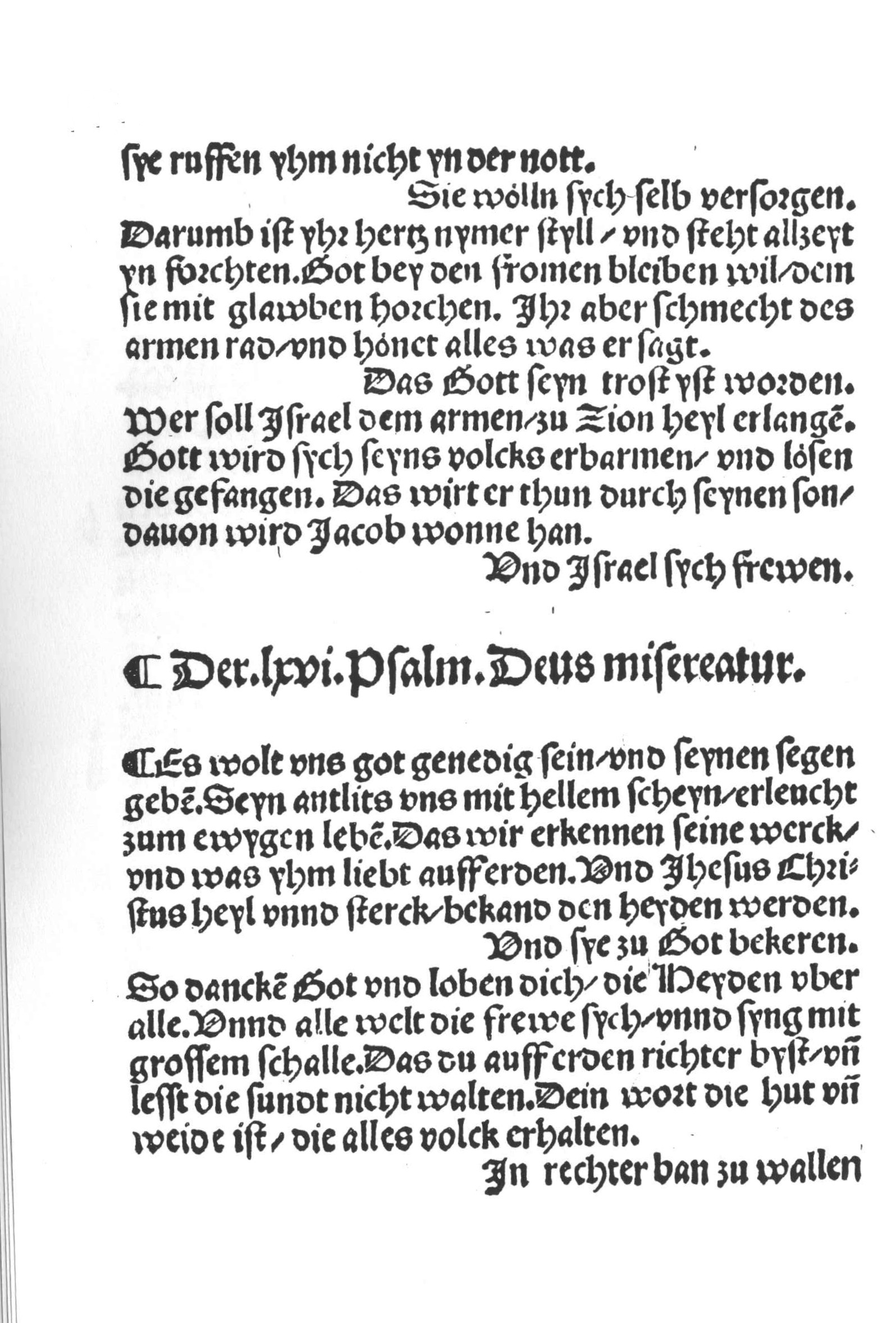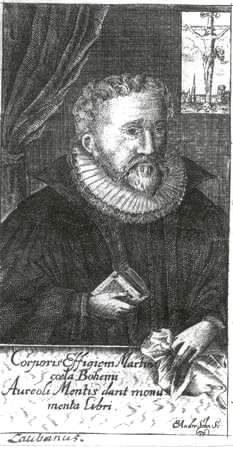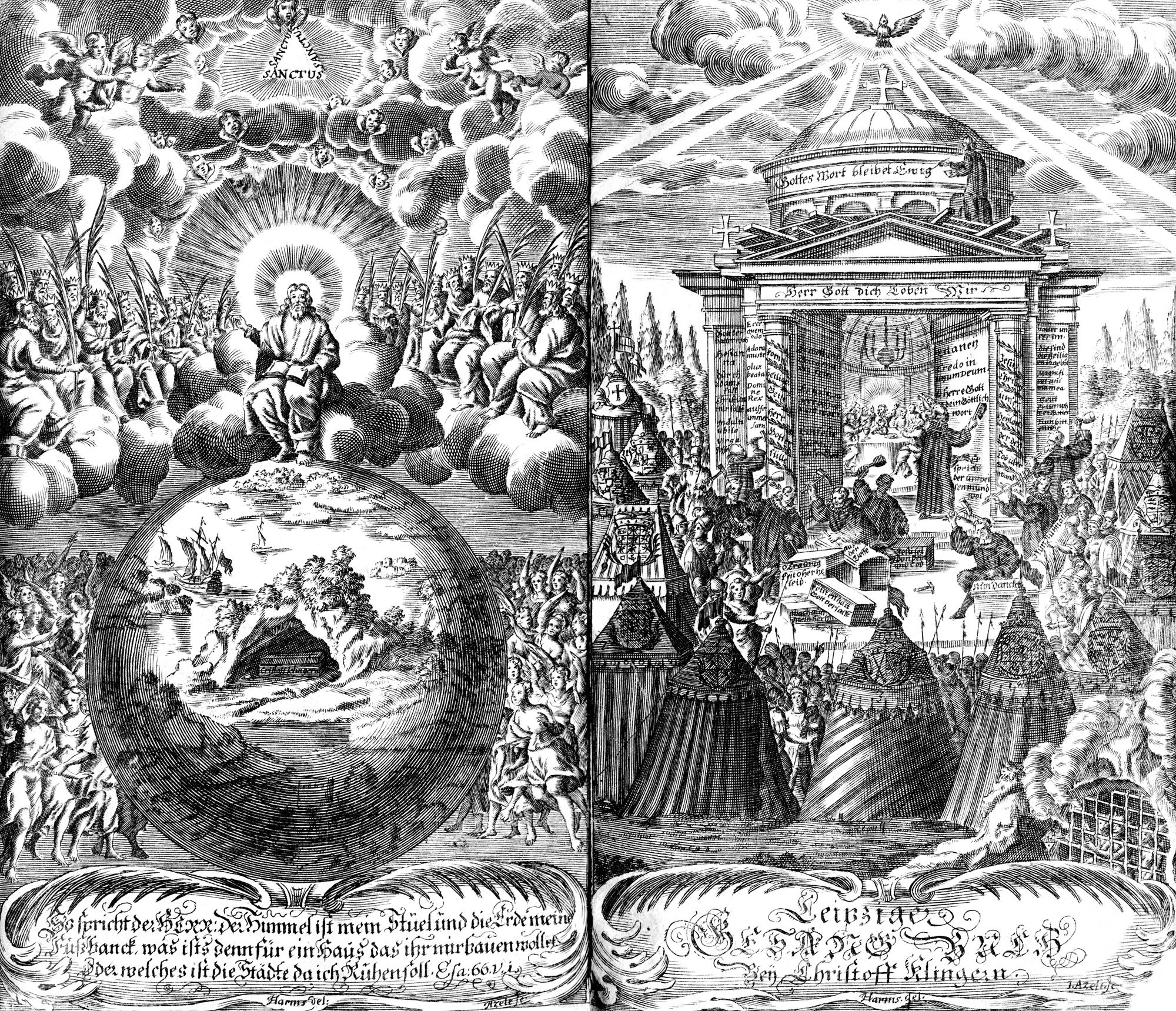|
Lutheran Hymn
Martin Luther was a great enthusiast for music, and this is why it forms a large part of Lutheran services; in particular, Luther admired the composers Josquin des Prez and Ludwig Senfl and wanted singing in the church to move away from the ''ars perfecta'' (Catholic Sacred Music of the late Renaissance) and towards singing as a ''Gemeinschaft'' (community). Lutheran hymns are sometimes known as chorales. Lutheran hymnody is well known for its doctrinal, didactic, and musical richness. Most Lutheran churches are active musically with choirs, handbell choirs, children's choirs, and occasionally change ringing groups that ring bells in a bell tower. Johann Sebastian Bach, a devout Lutheran, composed music for the Lutheran church: more than half of his over 1000 compositions are or contain Lutheran hymns. History Lutheran hymnals include: * ''Achtliederbuch'', a.k.a. the first Lutheran hymnal (1524). Contains, among others, "Nun freut euch, lieben Christen g'mein", "Es ist das ... [...More Info...] [...Related Items...] OR: [Wikipedia] [Google] [Baidu] |
Es Spricht Der Unweisen Mund Wohl
"" ("The mouth of fools doth God confess") is a Lutheran hymn of 1524, with words written by Martin Luther in 1523, paraphrasing Psalm 14. It was published as one of eight songs in 1524 in the first Lutheran hymnal, the Achtliederbuch. It was also published later that year in the Erfurt ''Enchiridion''. It has appeared in many hymnals, both in German and in translation. The text inspired vocal and organ music by composers such as Johann Pachelbel. History and text At the end of 1523, Luther paraphrased Psalm 14 (Psalm 13 in Vulgata numbering), in Latin , attempting to make the psalms accessible to Protestant church services in German. As he did with "", Luther expanded the content of the psalm to show the precise situation of the early Reformation as a time of conflict. Luther wrote six stanzas of seven lines each. The hymn was one of the eight hymns in the first Lutheran hymnal, published 1524 in Nuremberg under the title (Some Christian songs), also called Achtliederbuch, ... [...More Info...] [...Related Items...] OR: [Wikipedia] [Google] [Baidu] |
Wolfgang Dachstein
Wolfgang Dachstein (1487–1553) was a German organist, composer, and lyricist. He was born in Offenburg. From 1503 Dachstein studied Music and Theology with Martin Luther at Erfurt. He entered the Dominican convent in Strasbourg and in 1521 became the organist at St Thomas' Church, Strasbourg. In early 1523 he left the convent and sided with the Reformation. He married in 1524. In 1541 Dachstein became the organist at Strasbourg Cathedral and at the same time the music teacher at the Gymnasium there. He obeyed the Augsburg Interim and stayed in his post throughout. He was the first notable organist of the Reformation. Dachstein used his poetical and musical ability in the service of the Reformation. He was involved in the formulation of the Agenda and provided German Psalms, such as the melodies for the "Teutschen Kirchenampt 1525", an early hymnbook. His paraphrase of Psalm 137, "An Wasserflüssen Babylon" (By the Rivers of Babylon), which appeared both in the "Teutsc ... [...More Info...] [...Related Items...] OR: [Wikipedia] [Google] [Baidu] |
Simon Dach
Simon Dach (29 July 1605 – 15 April 1659) was a German lyrical poet and hymnwriter, born in Memel, Duchy of Prussia (now Klaipėda in Lithuania). Early life Although brought up in humble circumstances (his father was a poorly paid court interpreter for Lithuanian in Memel), he received a classical education in the Domschule of Königsberg (now Kaliningrad, Russia) and in the Latin schools of Wittenberg and Magdeburg, and entered the University of Königsberg in 1626 where he was a student of theology and philosophy. In 1626, he left Magdeburg to escape both the plague and the Thirty Years' War, and returned to his Prussian homeland, settling in Königsberg, where he remained for the rest of his life. Mid life After earning his degree, Dach was a private tutor for a time, then was appointed ''Kollaborator'' (teacher) in 1633 and co-rector of the ''Domschule'' (cathedral school) in Königsberg in 1636. In 1639 he was appointed by Adrian Brauer to the Chair of Poetry at th ... [...More Info...] [...Related Items...] OR: [Wikipedia] [Google] [Baidu] |
Elisabeth Cruciger
Elisabeth Cruciger (also spelled Kreuziger, Creutziger etc.; née von Meseritz) (c. 1500 - 2 May 1535), a German writer, was the first female poet and hymnwriter of the Protestant Reformation and a friend of Martin Luther. Life Elisabeth von Meseritz was born into a noble family in Eastern Pomerania. While still a child, she became a nun at the Marienbusch Abbey, a Premonstratensian cloister in Treptow an der Rega. At the cloisters, she learnt of the religious ideas of the Reformation through Johannes Bugenhagen, one of the influential figures in Lutheranism. In 1522 Elisabeth left the abbey to move to Wittenberg, where she joined Bugenhagen's household. Then in 1524 she married the theologian Caspar Cruciger, a student and an assistant to Martin Luther. Together they had two children: a daughter, Elisabeth, who married Andreas Kegel, the rector of Luther's hometown Eisleben, and then—on Kegel's death—Luther's son Johannes; and a son, Caspar Cruciger the Younger, who su ... [...More Info...] [...Related Items...] OR: [Wikipedia] [Google] [Baidu] |
Martin Behm
Martin Behm (1557–1622) was a German hymnwriter. Born in Lauban (now Lubań in Poland), Behm was deacon and later chief pastor of the town's Holy Trinity Church. He wrote approximately 480 hymns, including "Herr Jesu Christ, meins Lebens Licht" (used by J.S. Bach Johann Sebastian Bach (28 July 1750) was a German composer and musician of the late Baroque period. He is known for his orchestral music such as the ''Brandenburg Concertos''; instrumental compositions such as the Cello Suites; keyboard wor ... in his cantata ''Ach Gott, wie manches Herzeleid'', BWV 58) and "O Jesu Christ, mein's Lebens Licht" (used by Bach for his motet of the same name). Carl Schalk wrote that Behm was among the poets at the end of the early Lutheran hymnody period who "produced in a truly popular vein an appreciable number of excellent hymns characterized by objectivity and childlike naivete". References Further reading * 1557 births 1622 deaths German Lutheran hymnwriters< ... [...More Info...] [...Related Items...] OR: [Wikipedia] [Google] [Baidu] |
Hymnodist
A hymnwriter (or hymn writer, hymnist, hymnodist, hymnographer, etc.) is someone who writes the text, music, or both of hymns. In the Judeo-Christian tradition, the composition of hymns dates back to before the time of David, who composed many of the Psalms. The term hymnodist, in the United States more than in other regions, broadens the scope to include the study of hymns. History Early Church and Middle Ages Many hymn writers in the early Church gained prominence and achieved canonisation. Saint John of Damascus (c. 675 or 676 – 749) was noted for his work as a hymn writer; some of the most popular English hymns which are translations of his works include ''Come ye faithful, raise the strain'', ''Let us rise in early morning'' and ''The day of resurrection'', all associated with the season of Eastertide and all translated by John Mason Neale. Most early hymnists were anonymous, so it is uncertain how many of them were women. Saint Hildegard of Bingen (1098–1179) is the e ... [...More Info...] [...Related Items...] OR: [Wikipedia] [Google] [Baidu] |
Evangelicalism
Evangelicalism (), also called evangelical Christianity or evangelical Protestantism, is a worldwide interdenominational movement within Protestant Christianity that affirms the centrality of being " born again", in which an individual experiences personal conversion; the authority of the Bible as God's revelation to humanity (biblical inerrancy); and spreading the Christian message. The word ''evangelical'' comes from the Greek (''euangelion'') word for " good news". Its origins are usually traced to 1738, with various theological streams contributing to its foundation, including Pietism and Radical Pietism, Puritanism, Quakerism, Presbyterianism and Moravianism (in particular its bishop Nicolaus Zinzendorf and his community at Herrnhut).Brian Stiller, ''Evangelicals Around the World: A Global Handbook for the 21st Century'', Thomas Nelson, USA, 2015, pp. 28, 90. Preeminently, John Wesley and other early Methodists were at the root of sparking this new movement during the ... [...More Info...] [...Related Items...] OR: [Wikipedia] [Google] [Baidu] |
Johannes Zahn
Johannes Christoph Andreas Zahn (1 August 1817 in Eschenbach/ Pegnitz – 17 February 1895 in Neuendettelsau) was a German theologian and musicologist best known for his opus ''Die Melodien der deutschen evangelischen Kirchenlieder'', a critical anthology of almost 9,000 hymn melodies developed and used in German Lutheran churches. Biography Johannes C. A. Zahn was the son of the Eschenbach teacher and cantor Johannes Zahn. Between 1832 and 1837 he attended the Nuremberg high school, and studied afterwards in Berlin to obtain his degree in theology in 1841. After attending the Predigerseminar in Munich, he became a house teacher for the residence of Gustav Schulze, a prominent merchant. In 1847 he was named teacher and prefect of the Royal Schullehrer Seminar in Altdorf bei Nürnberg, and became its head in 1854. Johannes Zahn dedicated himself particularly to the recovery and critical revision of melodies and hymns developed during and after the Reformation, which he started pu ... [...More Info...] [...Related Items...] OR: [Wikipedia] [Google] [Baidu] |
Neu Leipziger Gesangbuch
Gottfried Vopelius (28 January 1645 – 3 February 1715), was a German Lutheran academic and hymn-writer, mainly active in Leipzig. He was born in Herwigsdorf, now a district of Rosenbach, Oberlausitz, and died in Leipzig at the age of 70. Robert Eitner. " Vopelius, Gottfried", pp. 298–299 in Vol. 40 of '' Allgemeine Deutsche Biographie''. , 1896. ''Neu Leipziger Gesangbuch'' Vopelius is primarily remembered for the ''Neu Leipziger Gesangbuch'' (New Leipzig Hymnal) which he published in 1682. The subtitle of the publication reads: Or, translated: The ''Neu Leipziger Gesangbuch'' is, to a certain degree, a third edition of Johann Schein's , which originally had been published in 1627, with a new edition in 1645. Over 90 settings in the ''Neu Leipziger Gesangbuch'' were copied or adapted from Schein. All other composers are represented with less than 10 settings in the hymnal. Of these, only Johann Crüger and Andreas Hammerschmidt are mentioned for more than three ... [...More Info...] [...Related Items...] OR: [Wikipedia] [Google] [Baidu] |
Praxis Pietatis Melica
''Praxis pietatis melica'' (''Practice of Piety in Song'') is a Protestant hymnal first published in the 17th century by Johann Crüger. The hymnal, which appeared under this title from 1647 to 1737 in 45 editions, has been described as "the most successful and widely-known Lutheran hymnal of the 17th century". Crüger composed melodies to texts that were published in the hymnal and are still sung today, including "Jesu, meine Freude", "Herzliebster Jesu", and "Nun danket alle Gott". Between 1647 and 1661, Crüger first printed 90 songs by his friend Paul Gerhardt, including "O Haupt voll Blut und Wunden". Purpose The volume of hymns was intended for use in both church and private services. The explanation of the Latin title was given from the very first publication in 1647: "Das ist: Vbung der Gottseligkeit in Christlichen und Trostreichen Gesängen" (That is: practice of Godliness in Christian and comforting chants). The subtitle continued: "Herrn D. Martini Lutheri fürnemlich ... [...More Info...] [...Related Items...] OR: [Wikipedia] [Google] [Baidu] |
Becker Psalter
The ''Becker Psalter'' is a German metrical psalter authored by the Leipzig theologian Cornelius Becker and first published by Jakob Apel in Leipzig in 1602 under the title ''Der Psalter Davids Gesangweis''. Several composers set the psalms contained in the volume, notably Heinrich Schütz, whose four-part chorales were published in 1628 and revised and expanded in 1661. Content Becker included in his Psalter earlier Lutheran paraphrases of psalms, such as "Aus tiefer Not schrei ich zu dir", "Ach Gott, vom Himmel sieh darein", " Erbarm dich mein", "Ein feste Burg ist unser Gott" and "An Wasserflüssen Babylon". The 1602 publication, titled ''Der Psalter Dauids Gesangweis'', was without melodies and meant to be sung to the tunes of other well-known Lutheran hymns. Schütz Heinrich Schütz welcomed the theological intentions of Becker's metrical versions of the psalms, and wrote four-part settings which he published in 1628 as '' Psalmen Davids: Hiebevorn in Teutzsche Reimen gebrac ... [...More Info...] [...Related Items...] OR: [Wikipedia] [Google] [Baidu] |


.jpg)

.jpg)

.png)